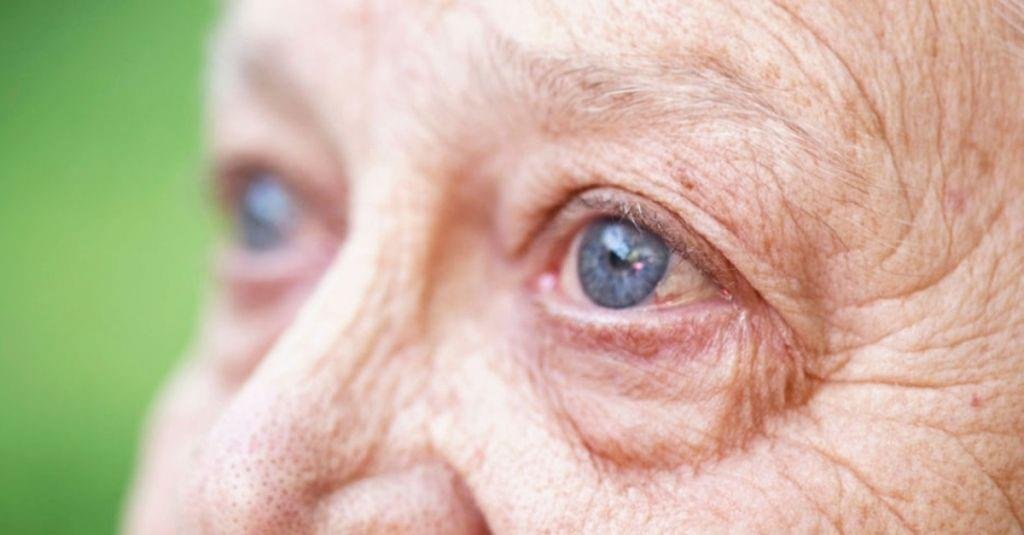Blepharitis
Blepharitis is a common eye condition in which there is inflammation of the eyelids, sometimes affecting both the upper and lower eyelid margins. It can turn out to be uncomfortable, as it causes irritation and itchiness of the eyelids and sometimes dandruff-like flakes may be present over the patient’s eyelashes.
Blepharitis accounts for one in 20 eye problems reported to GPs.
Some degree of blepharitis is reported in around 40% in middle-age, rising to 66% amongst the over 60s in the UK population.
Population studies show variations between 3-70%, with the higher prevalence observed in Asian populations.
What are the types of Blepharitis?
Depending upon the area of the eyes affected, Blepharitis is usually classified into the following types:
Anterior Blepharitis: When the outside of the eyelids is affected, usually by a bacterial infection, it is termed as Anterior Blepharitis. In this case, the eyelids are reported to be flaky and crusty.
Posterior Blepharitis: This is the condition that arises when the oil-producing glands present behind the eyelashes are blocked due to some skin problems.
What are the symptoms of Blepharitis?
Some of the common symptoms which appear in Blepharitis are:
Irritation, itchiness, and redness of the eyelids.
Presence of dandruff-like flakes over the eyelids.
Sticky discharge in the eyelids, usually after sleep.
Burning sensation in the eyes.
What are the causes of Blepharitis?
Blepharitis may result due to dysfunction of the oil-producing glands present in the eyelid margins, or due to a bacterial infection. The condition is not sight-threatening and can be prevented by following good hygiene practices.
What is the treatment and management of Blepharitis?
The treatment and management involve alleviating the symptoms present in Blepharitis, which can be done by various simple means mentioned below:
As Blepharitis affects your eyelids, one of the best ways to treat it is to keep your eyelids clean and free of any crust that arises.
Gently place a wet clean piece of cloth over your eyelids to remove any dandruff deposits.
You may use a combination of water and baby shampoo, and cleanse your eyelids with a gauze piece or cotton swab using it. Rinse your eyes with water thoroughly afterward.
Eye drops can also be used to alleviate the symptoms.
In the case of bacterial infection resulting in Blepharitis, your ophthalmologist may recommend an antibiotic ointment to treat and limit the infection.


